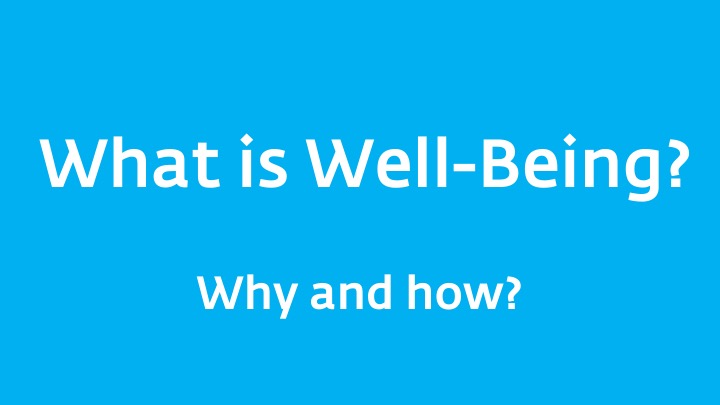
Why it matters and how to become a well-being company.
Practical examples of well-being programs.
Speaking to HR of large companies about well-being, three main questions on this topic were developed: what, why and how. We prepared written answers and decided to share them.
The definition of well-being is given in Tom Rath's and Jim Harter book «Well-being. The 5 essential elements», which was created on the basis of a 50-year Gallup's comprehensive study of people in more than 150 countries. As a result of this research, it is reliably established that well-being consists of 5 elements: Health, Career, Finance, Social and Community. These elements are interrelated, each of them influencing each other.
Wellbeing is an inner sense of a person, a combination of love for what we do every day, good relations with others, good financial situation, strong health and pride in our contribution to society, and the interrelationship of these five elements.
There are different opinions and other options for determining well-being, some wider, some narrower. However, none of them is based on such a large-scale and long-term study, as Gallup.
Sometimes the definition of well-being is identified as happiness or positive feelings, but they are a little narrower, are a consequence of well-being and a short-term emotion that can’t be controlled. Well-being is a stable concept, it can be controlled and managed. The «wellness» is also not synonymous with well-being, this term is used to describe a set of activities only for physical activity, nutrition and self-care.
What does well-being affect?
Over the past decades, many studies have been carried out to prove that well-being directly affects our condition, and that human well-being is a basic of engagement in the workplace.
More details here[1]
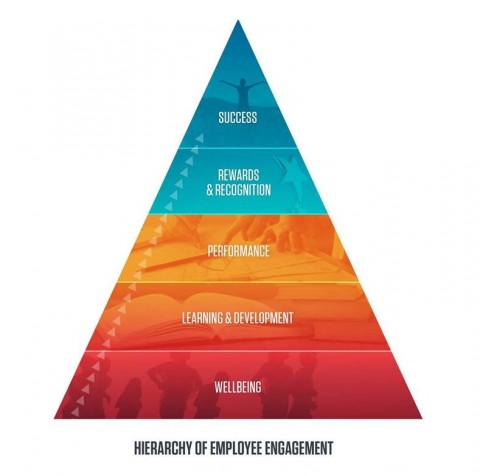
The engagement and well-being of employees directly affect each other.
More details in the report on the link[2]
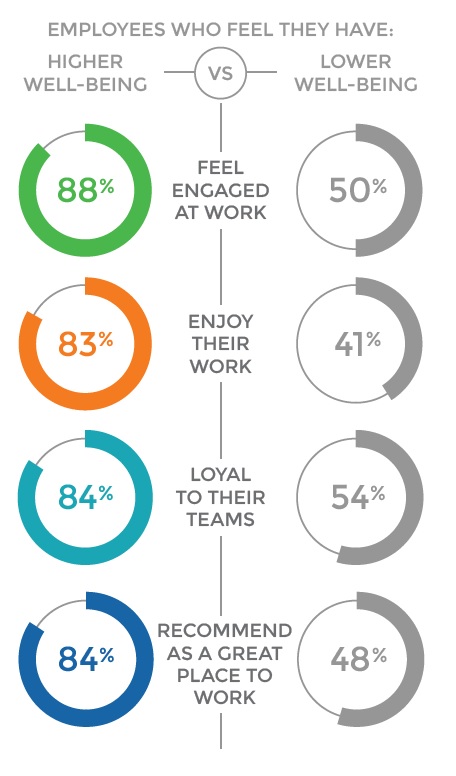
Almost all large employers are involved in research of engagement of employees. To measure engagement, as a rule, companies turn to specialized suppliers, for example, Aon Hewitt. Usually, the measurement takes place annually and is built on large questionnaires, based on 12 parameters developed by Gallup 30 years ago.
The data of the results of the evaluation of engagement suggest the independent development by the employer of a complex of multidirectional measures and their implementation.
To do this, some companies conduct their own surveys among employees in order to understand what they lack in the workplace for comfortable work and better productivity. As a result of such surveys, tennis tables, free fruit, massage parlors, gyms, a cafe with healthy food, doctors in the office, flexible schedules, sporting events, corporate games, trainings, pets, plants, etc. appear in offices.
If the company decides that employees need training, then a lot of work is done to select the supplier and the subsequent choice of training. And this happens intuitively.
In assessing engagement, the HR unit is faced with the fact that it is increasingly difficult to get answers from year to year, the results are approximately the same every year, employees avoid the engagement survey and give formal answers.
When research was conducted on how employees react to the programs offered by them in the office, they found that more than half of the employees negatively reacted to these programs and they did not see any sense in them.
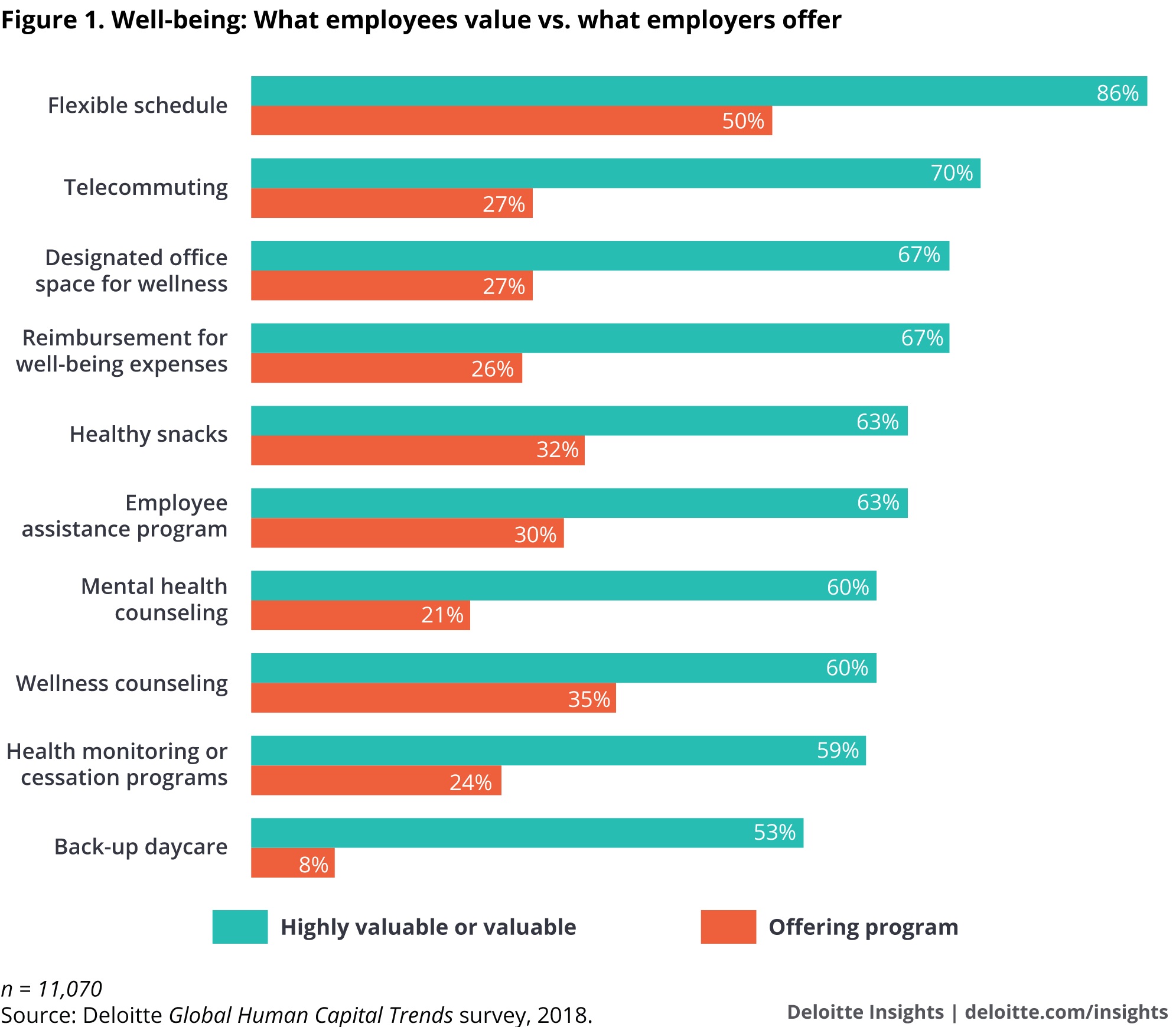
As a result, staff are offered programs that show low involvement in these programs and they cause negative feedback.
Thus, despite the huge desire to increase the productivity of employees, the company does not get the desired result.
Study here[3]
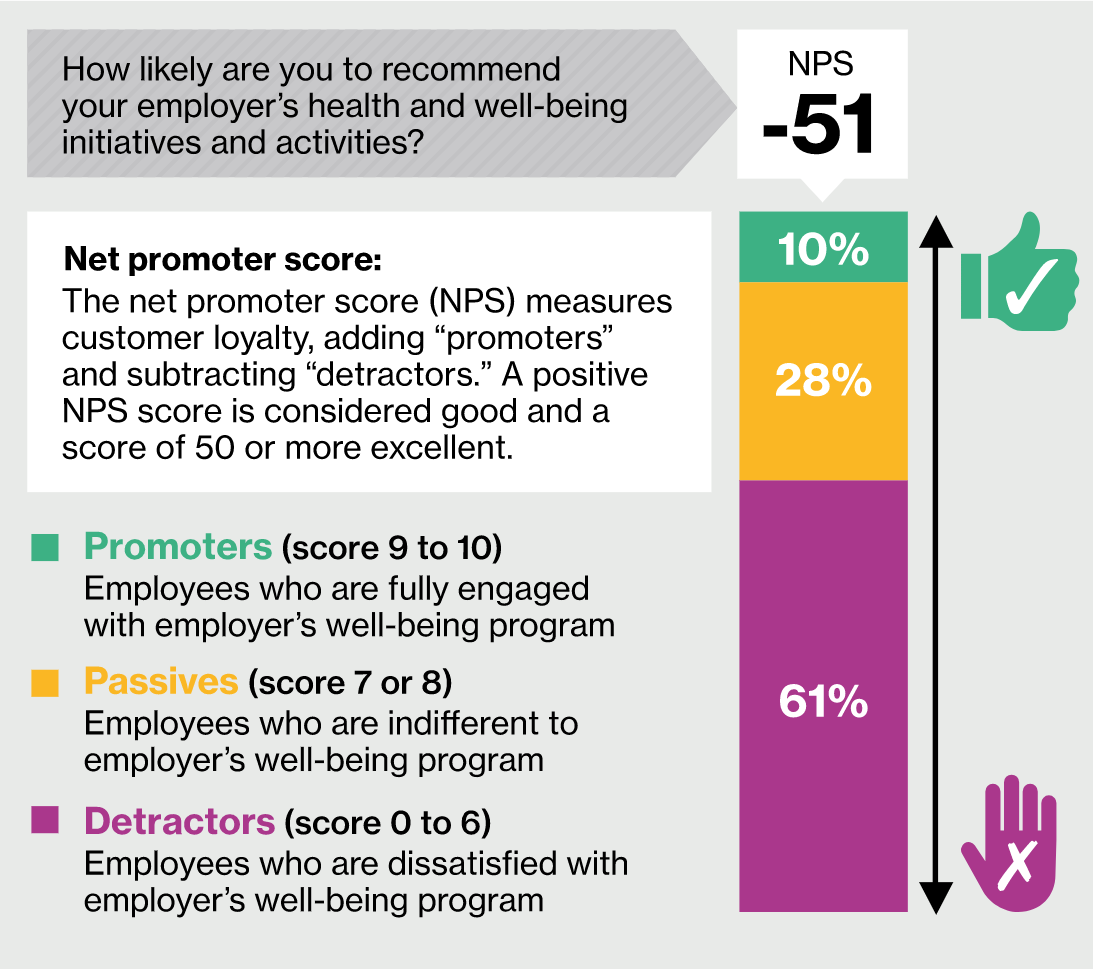
How to increase productivity with the help of well-being
Studies have established that the basis of involvement is the well-being of the employee, which is based on personal factors. So, in 70% of cases, stress, family relationships, personal concerns affect involvement.
Study here[4]

It is important that these factors can be influenced. We know that you can control only what you can measure. Therefore, on their own, even a lot of the most interesting events, new yoga, master classes, etc., have a short-term and insignificant effect, which in the long run has no stability.
In order not to take extra steps and not to waste resources, time and energy to guess what to propose to increase productivity, it is necessary to know the reason for engagement and influence on it, thereby increasing the effectiveness of the activities carried out and getting the most out of the effort spent on engagement survey and different not relevant programs.
Thus, a company can not conduct an engagement survey, but by measuring only the level of well-being and by conducting a well-being assessment to make significant progress in the area of influence on productivity. It is the assessment of well-being that will show the employer those points that are responsible for the engagement and will give information on how to influence them. That is, the company gets the key to increasing productivity, and employees receive knowledge about themselves that they need, so the study of well-being evokes positive responses and sustained results for all.
Cases
There are companies who cares about employees well-being. Among them Amazon, Google, and other, who understand that their people doing their business. But note that each of these companies in their own way represents a well-being.
Information, white papers, reports, studies, links to articles and webinars on well-being is collected and laid out in a group at the FB https://www.facebook.com/groups/wellbeingroup/

[1]http://www.globalhealthyworkplace.org/casestudies/2016_Global_Wellbeing_Survey_Executive-Summary.pdf
https://www.limeade.com/content/uploads/2016/11/QW-LimeadeWellBeingEngagementReport-final.pdf
https://insights.humancapital.aon.com/talent-rewards-and-performance/trends-in-global-employee-engagement-2017?utm_source=ceros&utm_term=engagement17
http://hero-health.org/blog/wellbeing-is-the-foundation-of-employee-engagement-rajiv-kumar-md/
https://www.lifeworks.com/us/resource/new-approach-employee-wellbeing/
[2]https://www.limeade.com/content/uploads/2018/05/Limeade_Burnout_eBook_2018.pdf?utm_campaign=Burnout&utm_source=hs_automation&utm_medium=email&utm_content=62701120&_hsenc=p2ANqtz-_daYxZ5cuAullzPcieWr--_hSO1C5ZMrggdIdc4wACY67OAnpNyNPmsAjehH_tsLshspRDPw9P4IlrWCC8tojvdhPczw&_hsmi=62701120
[3]https://www.willistowerswatson.com/en/insights/2018/01/infographic-health-and-well-being-current-initiatives-fall-short-of-expectations
[4]http://unitywellnessgroup.com/media/WhatStressCostsCompanies.pdf